Mauritius & Australia: Colonial musical chairs
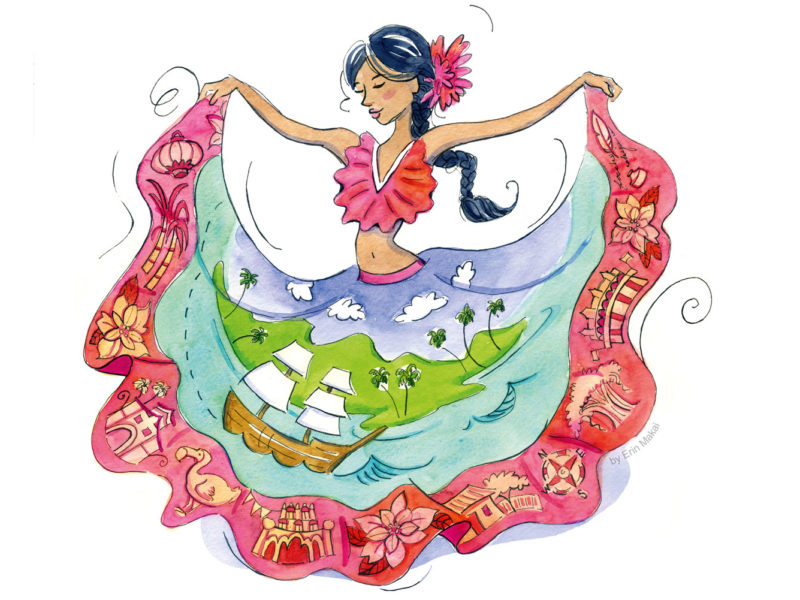
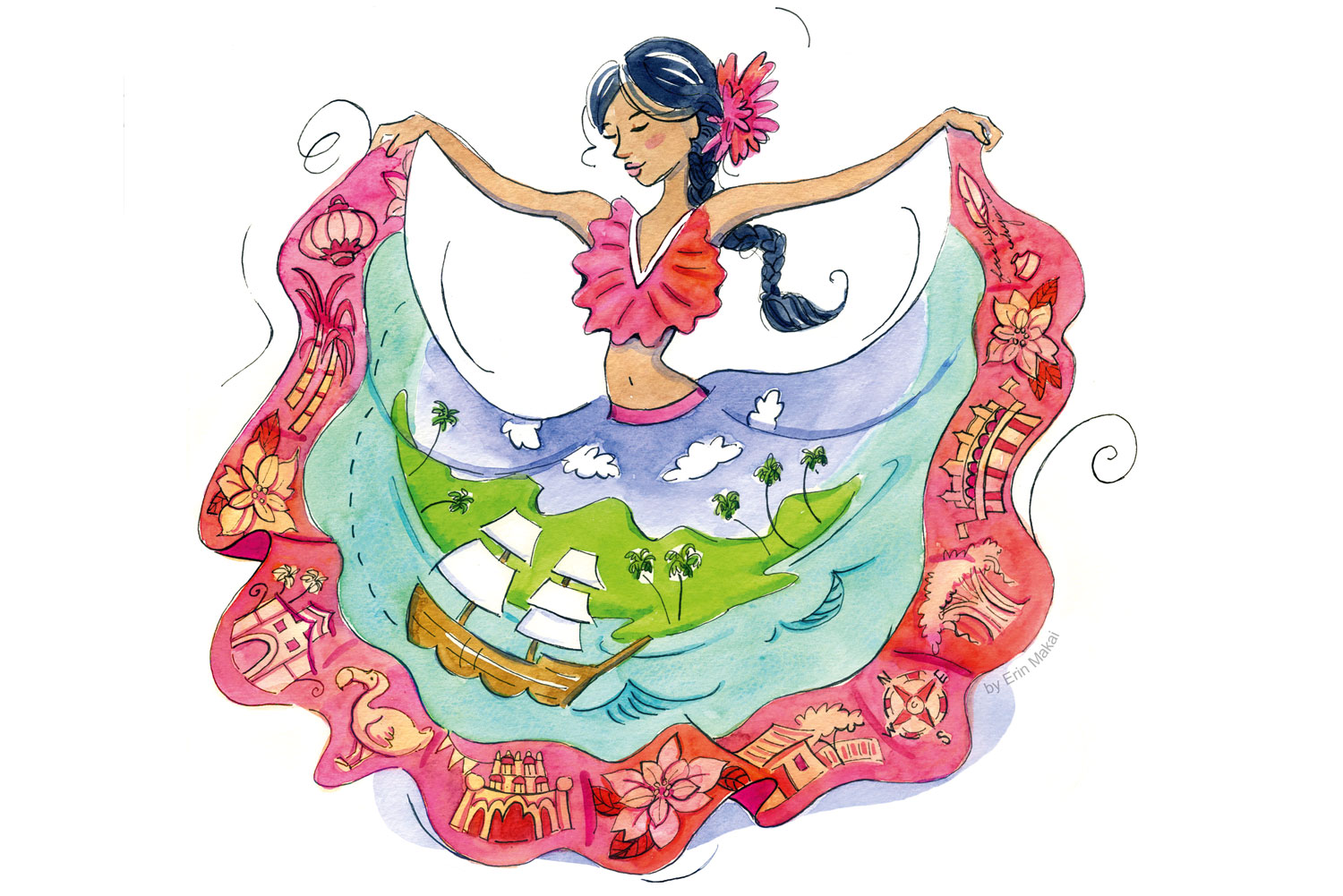
The colourful history of Mauritus.
Flicking through the history books, it’s easy to see some colonial commonalities between Mauritius and Australia, writes John Borthwick.
All this was wild when I grew up – sugar cane everywhere and anorexic cows on the beach,” recalls hotel executive Karine Cure as we look across the emerald and turquoise shoreline of her home, Mauritius.
Unknown to most Australians, this Indian Ocean island played an unsung role in shaping our nation’s history.
The cane and ragged cattle of Karine’s childhood have now retreated from the lapidary Bel Ombre coast, supplanted by a vastly more profitable crop of seraglio resorts with intensive care staff-to-guest ratios. A line of surf booms its white noise along the rider-less reef.
Two centuries ago navigator Matthew Flinders RN, on his way home from circumnavigating Australia, sailed through that reef with exquisitely bad timing. Napoleon and the British were once again at war, and the island’s French governor thought he’d caught himself a spy. Flinders was thus obliged to cool his heels here for almost seven years, from 1803 to 1810 – not that he wasted the time.
While working on his monumental volume, A Voyage to Terra Australis, he wrote, “I call the whole island Australia” – the first official use of the term. It stuck.
Mauritius might be a Rockhampton with hills and Hindus. The narrow rural roads are so overshadowed by sugar cane that it’s like driving below sea level. You find villages with names like Brittania and Nouvelle France, home to faces from Africa, India, Asia and Europe, dupattas and skateboards, Hindi film posters and Chinese general stores – all telling their part in the tale of the island’s settlement.
Listen to the radio or a conversation and you hear that history on the tongue as the speakers seamlessly shuttle from Creole to English, sometimes with a dash of Hindi or Urdu, and back again within a minute if not a sentence.
The Dutch, French and British arrived and departed in rounds of colonial musical chairs. African slaves and Indian plantation workers were added to the gene pool while the dodo, a slow, plump bird with zip survival smarts, was deleted. Honoured as the ‘first great icon of extinction’, the dodo survives today as a skeleton and a stuffed fluffy duck in the Mauritius Museum.
The island is named after a Dutch prince and its capital Port Louis after a French king. In a park I see a statue of Queen Victoria but there’s a hint of sly Gallic irony in the plinth’s inscription: ‘To our beloved and much regretted Queen.” Elsewhere, the town has a rambunctious market, a stylish waterfront called Le Caudan, freeways, tower blocks and old corrugated iron buildings encrusted with a century of silver paint. In short, Africa meets India with Chinatown in the middle.
I drive to a high ridge above the city, to the Citadel where Flinders was initially imprisoned. The governor later released him, although not from the island. Look out across the infinite moat of the Indian Ocean and inhale the aromatic breeze, and you can see why the visiting Charles Darwin commented in 1836, “How pleasant it would be to pass one’s life in such quiet abodes!” Flinders thought otherwise.
Mauritius has around 330 kilometres of reef-laced coastline whose resorts, golf courses and beaches draw almost a million tourists a year, mainly Europeans. Having driven over volcanic hills, valleys of tea plantations and acacia-forested shorelines, some friends and I try zip-lining. We hook our shackles to a metal cable and go flying – plus whooping and howling – across deep jungle gorges.
Mauritius has vanilla, molasses and salt seas on the breeze, local rum by the bucket, and giant banyan trees with taproot curtains and macramé trunks. As that constant traveller and commentator, Mark Twain said “Everywhere you have a ragged luxuriance of tropic vegetation of vivid greens.”
Its 1.4 million people have a tidy town without roadside trash or razor wire, and there’s barely a uniform to be seen. There are rainbow-toned houses, poinciana trees and Indian temples with Disney-coloured gods. You can drink the tap water. Reed-slender girls and their partners dance on fire to an up-tempo beat called sega – at its hottest, it makes the Tahitian tamure look like a missionary-sponsored gavotte.
At Vieux Grand Port, I look east towards another harbour passage of unsung significance to Australia. Through it, in 1642, Abel Tasman departed, en route to discovering Tasmania, New Zealand, Tonga and Fiji. In doing so he made a wide, and arguably the first, circumnavigation of our continent – some 160 years before Flinders’ more celebrated, coast-hugging journeys.
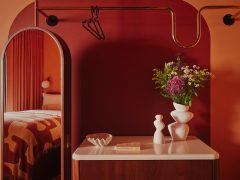
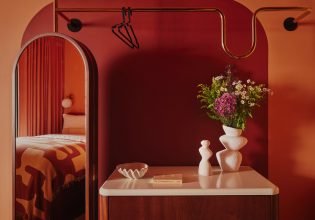
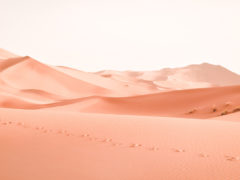
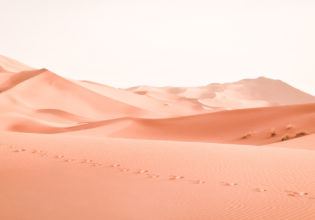
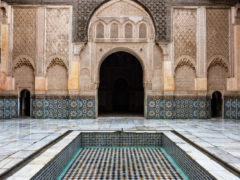
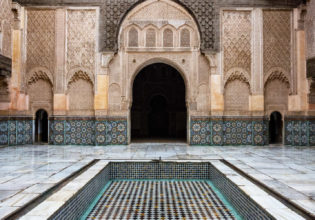
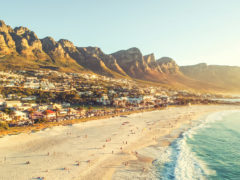
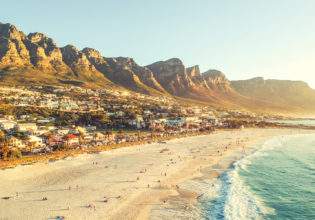
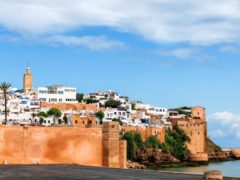
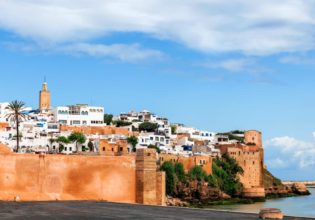

LEAVE YOUR COMMENT